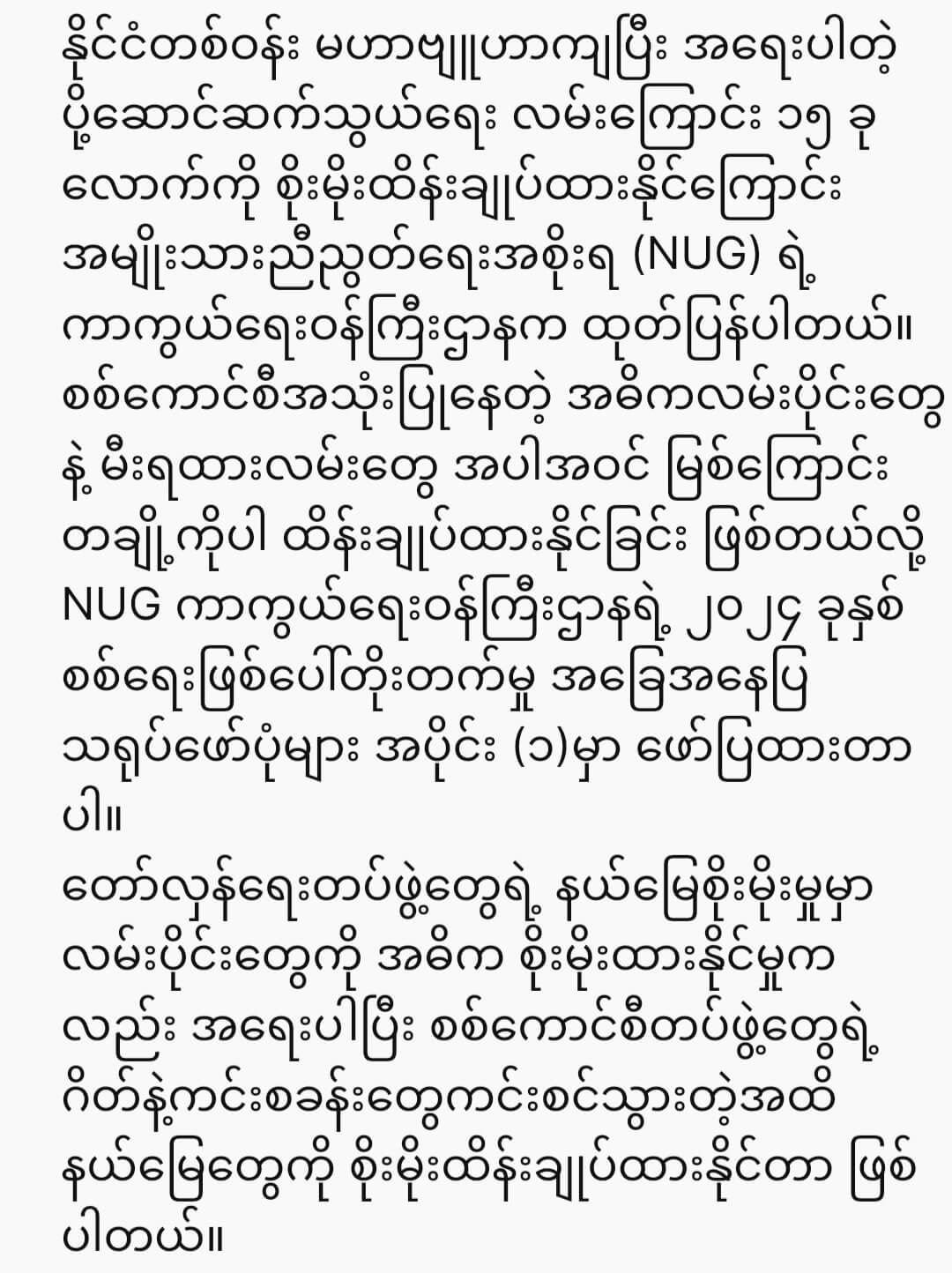
Taxes can take a significant chunk out of your earnings, but with smart planning, you can minimize your tax liability while maximizing your returns. The right tax-saving investment plans not only reduce your taxable income but also allow your money to grow over time. Whether you’re saving for retirement, building wealth, or planning for your family’s future, there are numerous options available to help you achieve your goals. Here’s a detailed guide to the best tax-saving investment plans in 2025.
1. Equity-Linked Savings Schemes (ELSS)
Equity-Linked Savings Schemes (ELSS) are mutual funds that invest primarily in equities and equity-related instruments. ELSS comes with a lock-in period of three years and offers tax benefits under Section 80C of the Income Tax Act. Apart from tax savings, ELSS funds have the potential to provide higher returns compared to traditional tax-saving instruments, thanks to their exposure to equity markets.
Key Benefits:
- Short lock-in period (3 years)
- Potential for high returns
- Tax deduction of up to ₹1.5 lakh under Section 80C
2. Public Provident Fund (PPF)
The Public Provident Fund (PPF) is a long-term savings scheme backed by the government. It offers guaranteed returns and tax benefits under Section 80C. The interest earned and the maturity amount are completely tax-free, making PPF one of the most tax-efficient investments.
Key Benefits:
- Tax-free returns and maturity
- Long-term wealth creation
- Risk-free investment backed by the government
3. National Pension System (NPS)
The National Pension System (NPS) is a retirement-focused investment plan that provides tax benefits under Section 80C and Section 80CCD(1B). It allows investors to build a retirement corpus while enjoying tax deductions of up to ₹2 lakh. NPS also offers flexibility in choosing investment options and fund managers.
Key Benefits:
- Additional tax deduction of ₹50,000 under Section 80CCD(1B)
- Option to invest in equities, government bonds, and corporate bonds
- Pension income post-retirement
4. Tax-Saving Fixed Deposits (FDs)
Tax-saving fixed deposits are similar to regular FDs but come with a lock-in period of five years. These deposits are eligible for tax deductions under Section 80C. Although the returns are taxable, tax-saving FDs are a safe option for risk-averse investors.
Key Benefits:
- Guaranteed returns
- Eligible for Section 80C deduction
- Ideal for conservative investors
5. Unit-Linked Insurance Plans (ULIPs)
ULIPs combine insurance and investment in a single product. A portion of the premium is invested in equity or debt instruments, while the rest provides life insurance coverage. ULIPs offer tax deductions under Section 80C, and the maturity proceeds are tax-free under Section 10(10) if certain conditions are met.
Key Benefits:
- Tax-free maturity proceeds
- Flexibility to switch between funds
- Dual benefits of investment and insurance
6. Sukanya Samriddhi Yojana (SSY)
The Sukanya Samriddhi Yojana is a government-backed savings scheme for girls. Contributions qualify for tax deductions under Section 80C, and the interest earned is tax-free. SSY is a great way to secure your child’s future while enjoying tax benefits.
Key Benefits:
- Tax-free interest and maturity
- High-interest rates compared to other savings schemes
- Long-term savings for your child’s future
7. Employee Provident Fund (EPF)
If you’re a salaried employee, the Employee Provident Fund (EPF) is a powerful tool for tax-saving and retirement planning. Contributions made to EPF are eligible for tax deductions under Section 80C, and the interest earned is tax-free up to a specified limit.
Key Benefits:
- Automatic contributions from your salary
- Tax-free interest and maturity
- Helps build a substantial retirement corpus
8. Voluntary Provident Fund (VPF)
The Voluntary Provident Fund (VPF) is an extension of the EPF, allowing employees to contribute more than the mandatory percentage. Contributions to VPF qualify for tax deductions under Section 80C, and the returns are tax-free.
Key Benefits:
- Higher returns than traditional savings accounts
- Tax-free maturity and interest
- Ideal for salaried individuals seeking additional tax savings
9. Senior Citizen Savings Scheme (SCSS)
The Senior Citizen Savings Scheme (SCSS) is designed for individuals above 60 years of age. It offers tax benefits under Section 80C and provides a fixed rate of return, making it an attractive option for retirees.
Key Benefits:
- High fixed returns
- Government-backed security
- Tax benefits under Section 80C
10. Health Insurance (Under Section 80D)
Health insurance premiums qualify for tax deductions under Section 80D. While it’s not a direct investment, health insurance helps you save taxes and protects your finances against medical emergencies. The deduction limit depends on the age of the insured and their dependents.




H
Key Benefits:
- Tax deduction of up to ₹25,000 (₹50,000 for senior citizens)
- Financial protection against medical expenses
- Tax-efficient way to ensure health coverage
Final Thoughts
Maximizing your returns while saving on taxes is a smart financial strategy. By choosing the right tax-saving investment plans, you can reduce your taxable income, grow your wealth, and secure your financial future. Start planning today to make the most of these tax-saving options and achieve your long-term financial goals.



